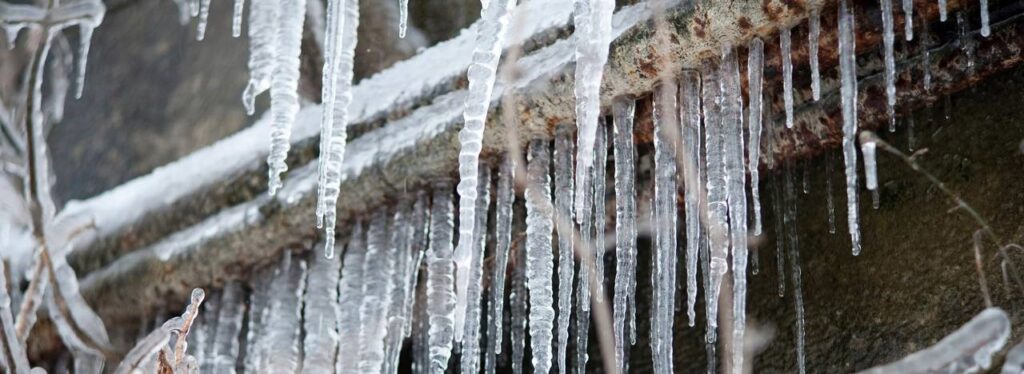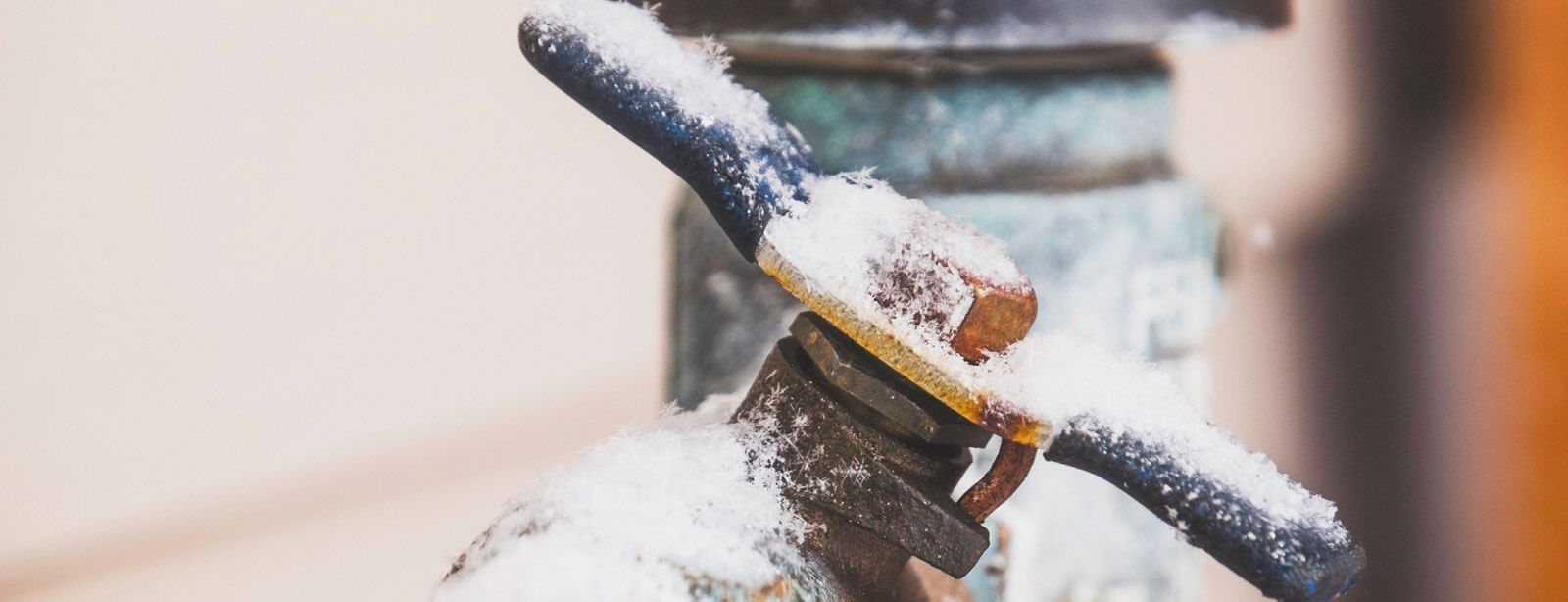Crucial Advice to Avoid Frozen Plumbing in Cold Weather
Crucial Advice to Avoid Frozen Plumbing in Cold Weather
Blog Article
Have you been in search of ideas about 6 Ways to Prevent Frozen Pipes?

Winter can wreak havoc on your plumbing, especially by freezing pipelines. Right here's how to prevent it from occurring and what to do if it does.
Intro
As temperatures decrease, the threat of icy pipelines increases, possibly bring about pricey repair services and water damage. Understanding just how to avoid frozen pipelines is important for property owners in cool climates.
Understanding Icy Pipes
What triggers pipes to freeze?
Pipelines freeze when revealed to temperatures listed below 32 ° F (0 ° C) for extended periods. As water inside the pipelines freezes, it broadens, taxing the pipe walls and possibly causing them to rupture.
Dangers and problems
Frozen pipes can cause water disruptions, building damages, and costly repair services. Ruptured pipelines can flooding homes and create extensive structural damage.
Signs of Frozen Pipeline
Determining frozen pipelines early can stop them from rupturing.
Just how to identify frozen pipes
Seek reduced water circulation from taps, unusual smells or noises from pipes, and noticeable frost on exposed pipes.
Avoidance Tips
Insulating vulnerable pipes
Wrap pipes in insulation sleeves or utilize heat tape to safeguard them from freezing temperature levels. Focus on pipelines in unheated or outside locations of the home.
Home heating techniques
Maintain interior areas sufficiently warmed, particularly locations with plumbing. Open closet doors to allow warm air to flow around pipes under sinks.
Securing Exterior Plumbing
Garden pipes and exterior faucets
Detach and drain pipes yard tubes before winter season. Set up frost-proof spigots or cover outside taps with shielded caps.
What to Do If Your Pipelines Freeze
Immediate activities to take
If you believe icy pipelines, maintain taps available to soothe stress as the ice melts. Use a hairdryer or towels taken in warm water to thaw pipes gradually.
Long-Term Solutions
Architectural modifications
Consider rerouting pipelines far from outside wall surfaces or unheated locations. Include additional insulation to attics, cellars, and crawl spaces.
Updating insulation
Invest in top quality insulation for pipes, attic rooms, and wall surfaces. Correct insulation assists preserve regular temperatures and minimizes the threat of frozen pipelines.
Final thought
Protecting against icy pipelines requires proactive steps and quick reactions. By understanding the reasons, indicators, and safety nets, homeowners can safeguard their plumbing during cold weather.
5 Ways to Prevent Frozen Pipes
Drain Outdoor Faucets and Disconnect Hoses
First, close the shut-off valve that controls the flow of water in the pipe to your outdoor faucet. Then, head outside to disconnect and drain your hose and open the outdoor faucet to allow the water to completely drain out of the line. Turn off the faucet when done. Finally, head back to the shut-off valve and drain the remaining water inside the pipe into a bucket or container. Additionally, if you have a home irrigation system, you should consider hiring an expert to clear the system of water each year.
Insulate Pipes
One of the best and most cost-effective methods for preventing frozen water pipes is to wrap your pipes with insulation. This is especially important for areas in your home that aren’t exposed to heat, such as an attic. We suggest using foam sleeves, which can typically be found at your local hardware store.
Keep Heat Running at 65
Your pipes are located inside your walls, and the temperature there is much colder than the rest of the house. To prevent your pipes from freezing, The Insurance Information Institute suggests that you keep your home heated to at least 65 degrees, even when traveling. You may want to invest in smart devices that can keep an eye on the temperature in your home while you’re away.
Leave Water Dripping
Moving water — even a small trickle — can prevent ice from forming inside your pipes. When freezing temps are imminent, start a drip of water from all faucets that serve exposed pipes. Leaving a few faucets running will also help relieve pressure inside the pipes and help prevent a rupture if the water inside freezes.
Open Cupboard Doors
Warm your kitchen and bathroom pipes by opening cupboards and vanities. You should also leave your interior doors ajar to help warm air circulate evenly throughout your home.

As an enthusiastic person who reads about Preventing and dealing with frozen pipes, I was thinking sharing that excerpt was a smart idea. In case you enjoyed reading our article kindly make sure you remember to pass it around. Many thanks for going through it.
Book An Appointment Report this page